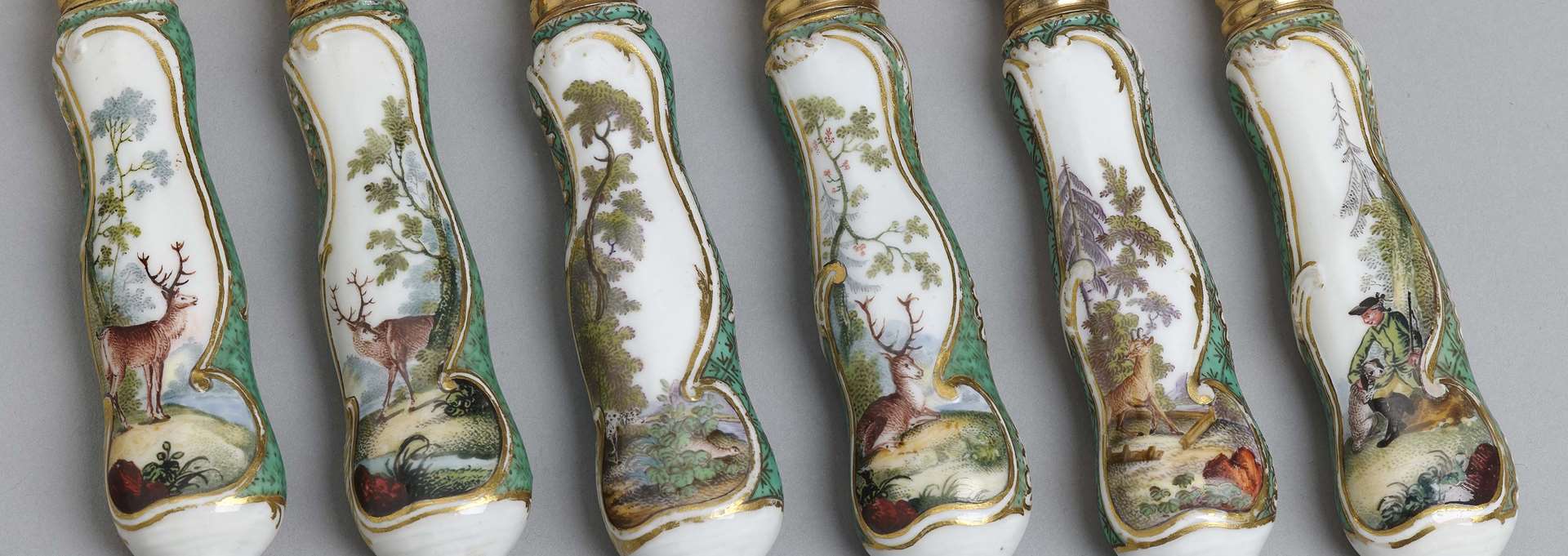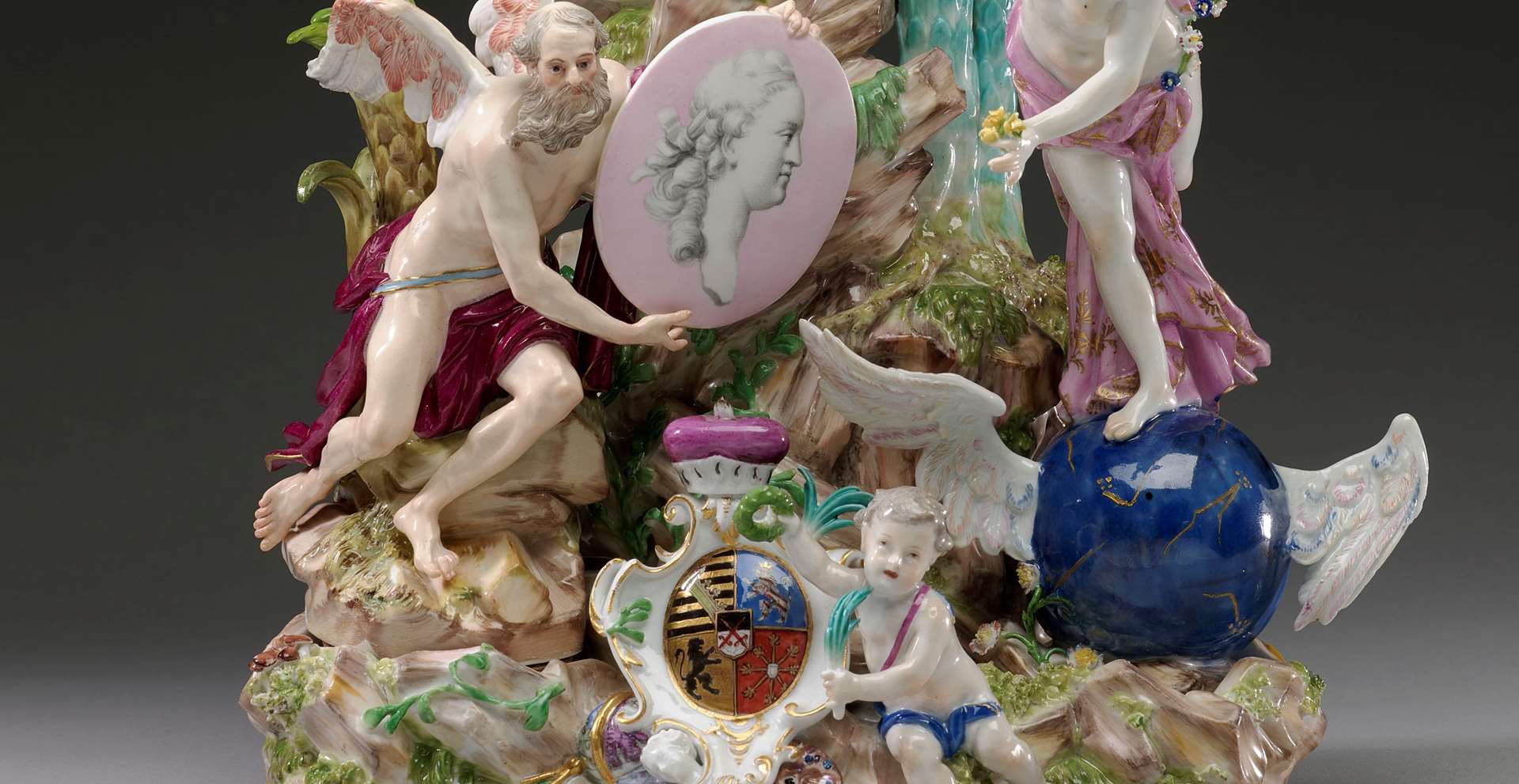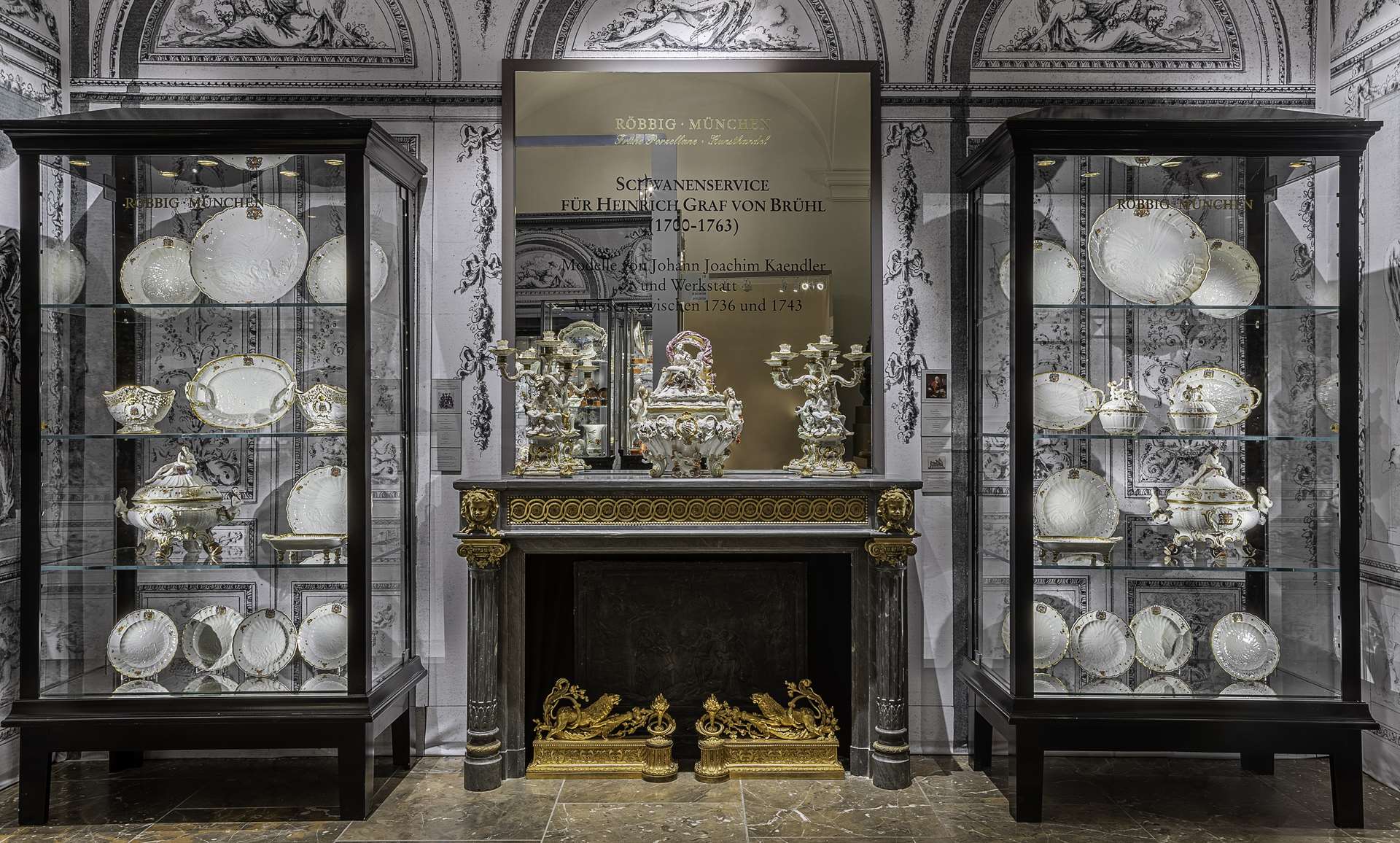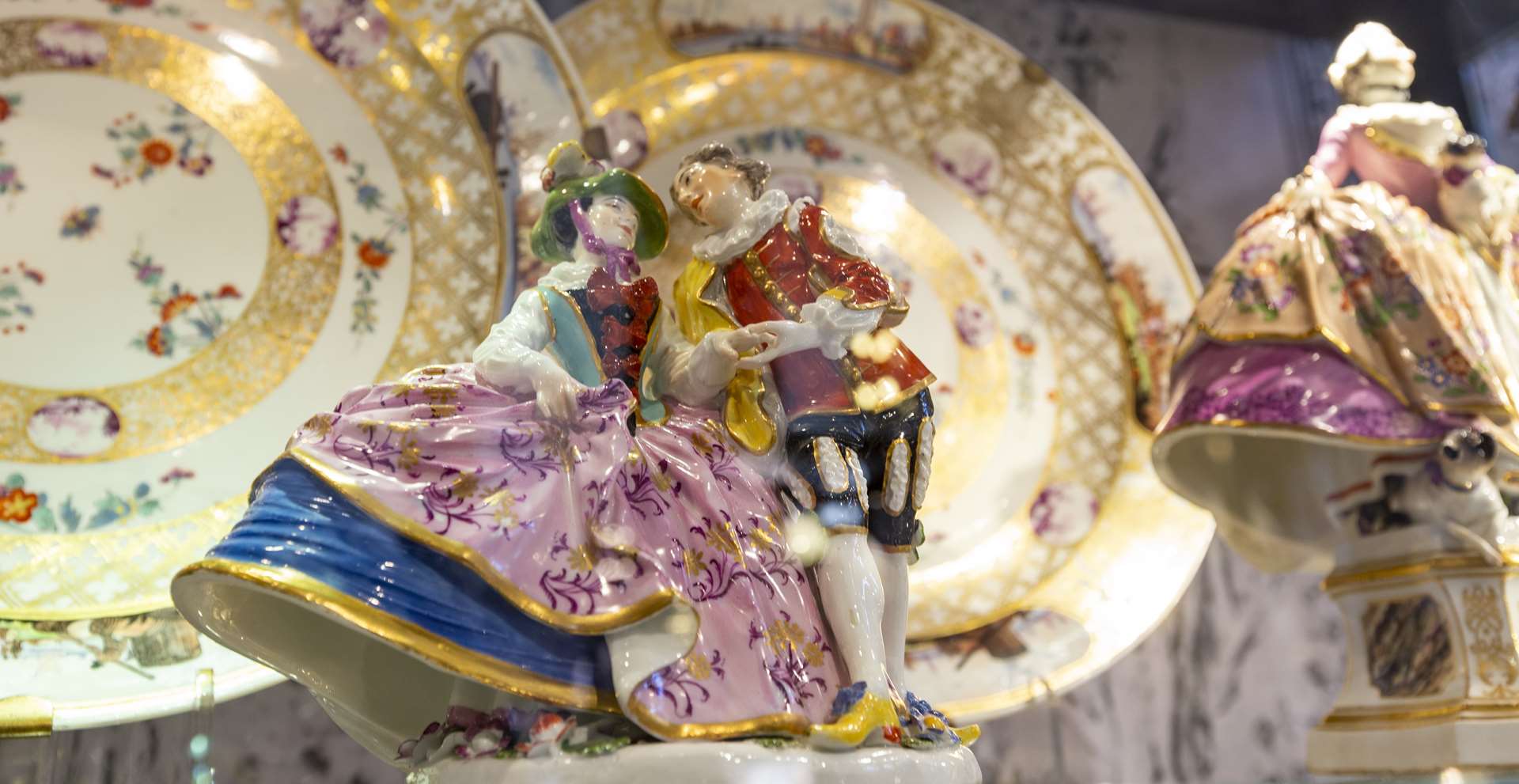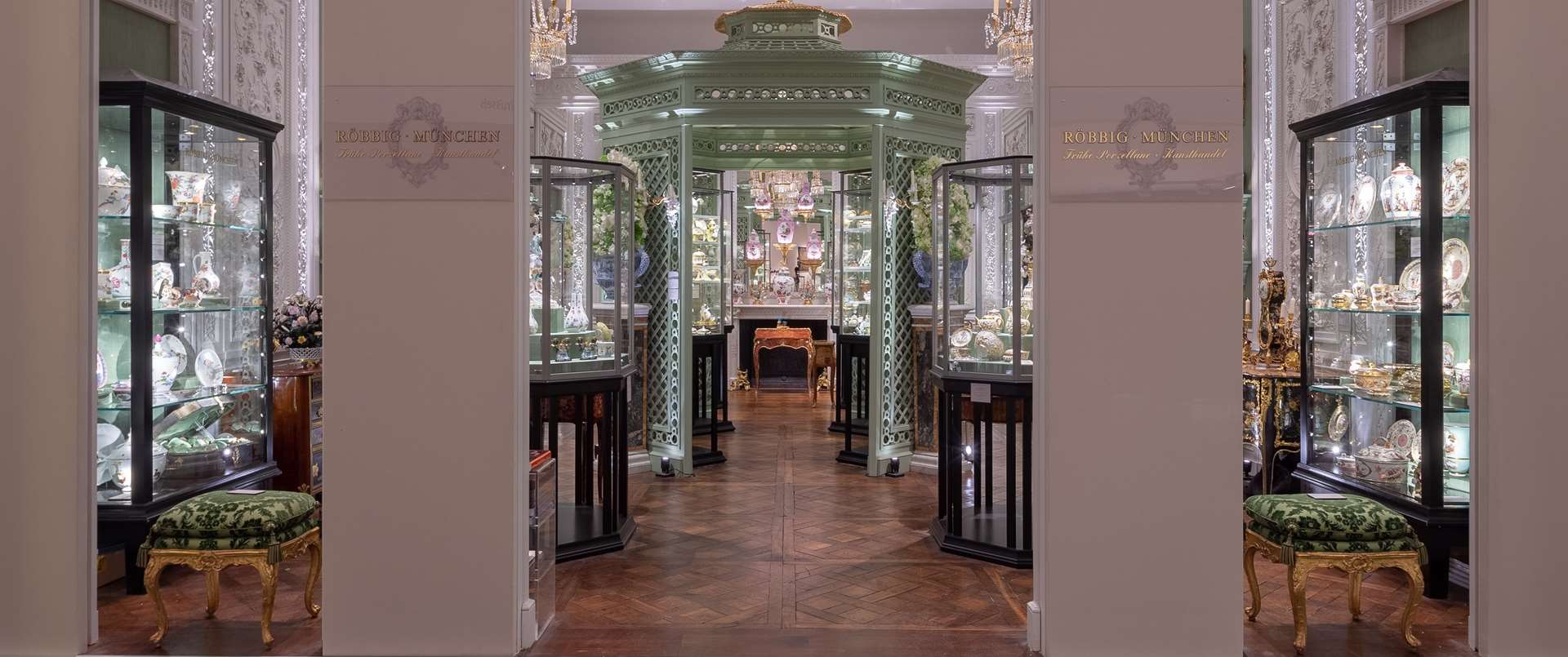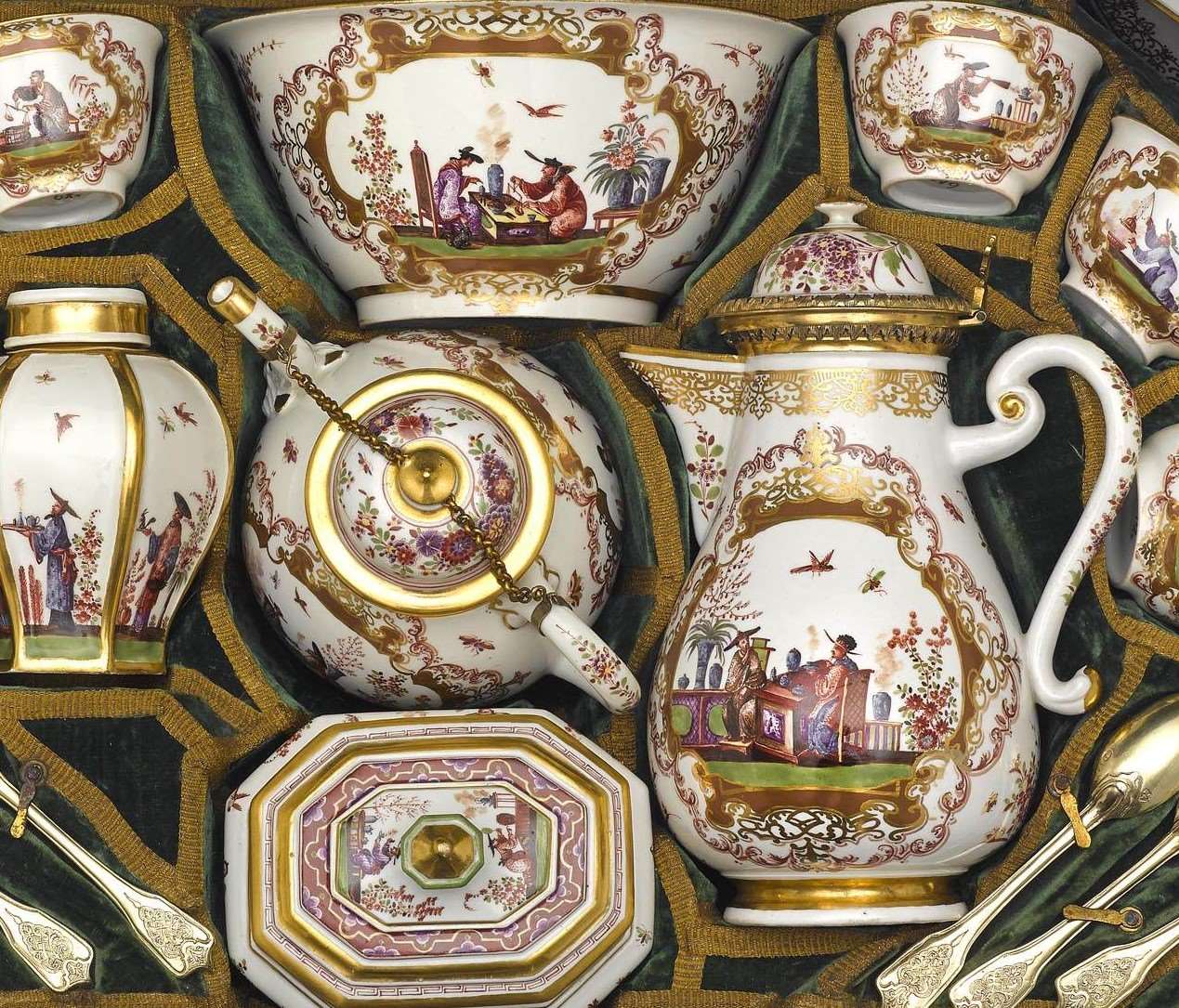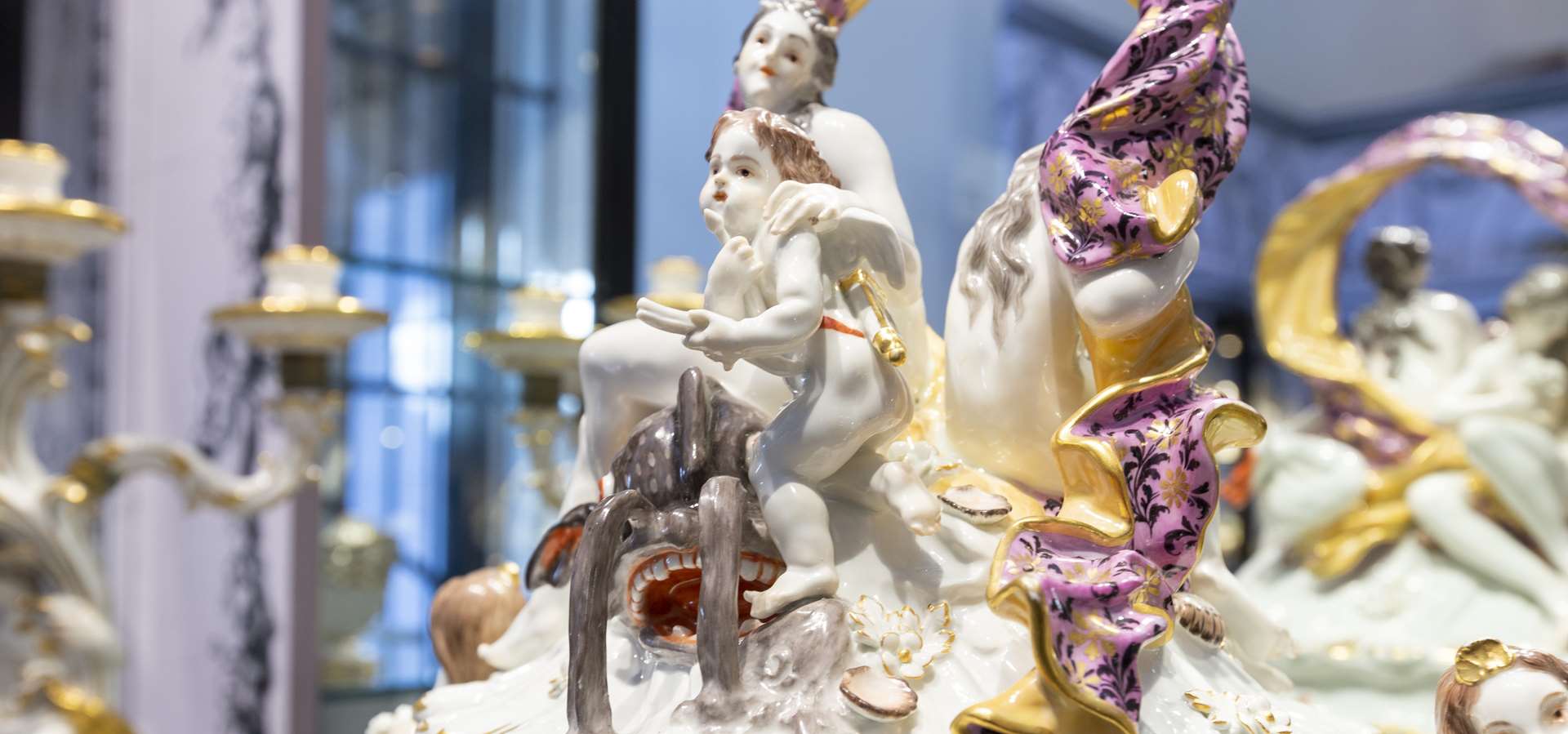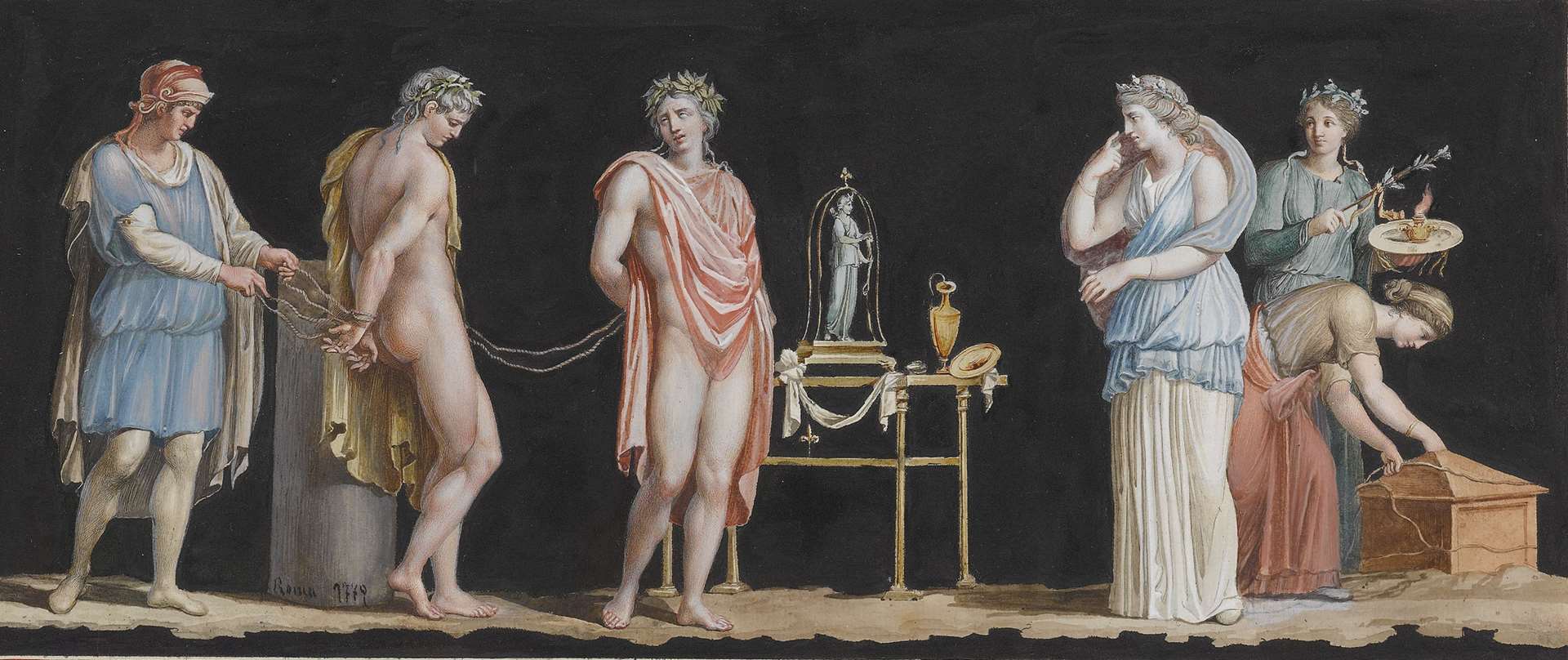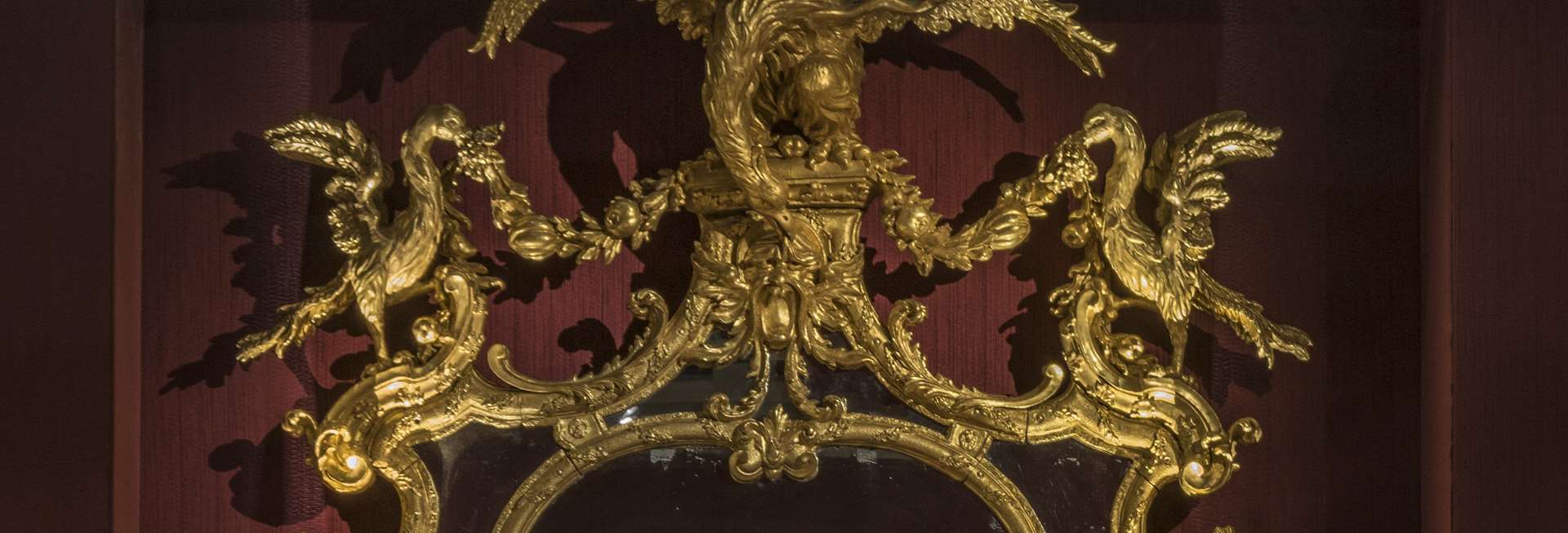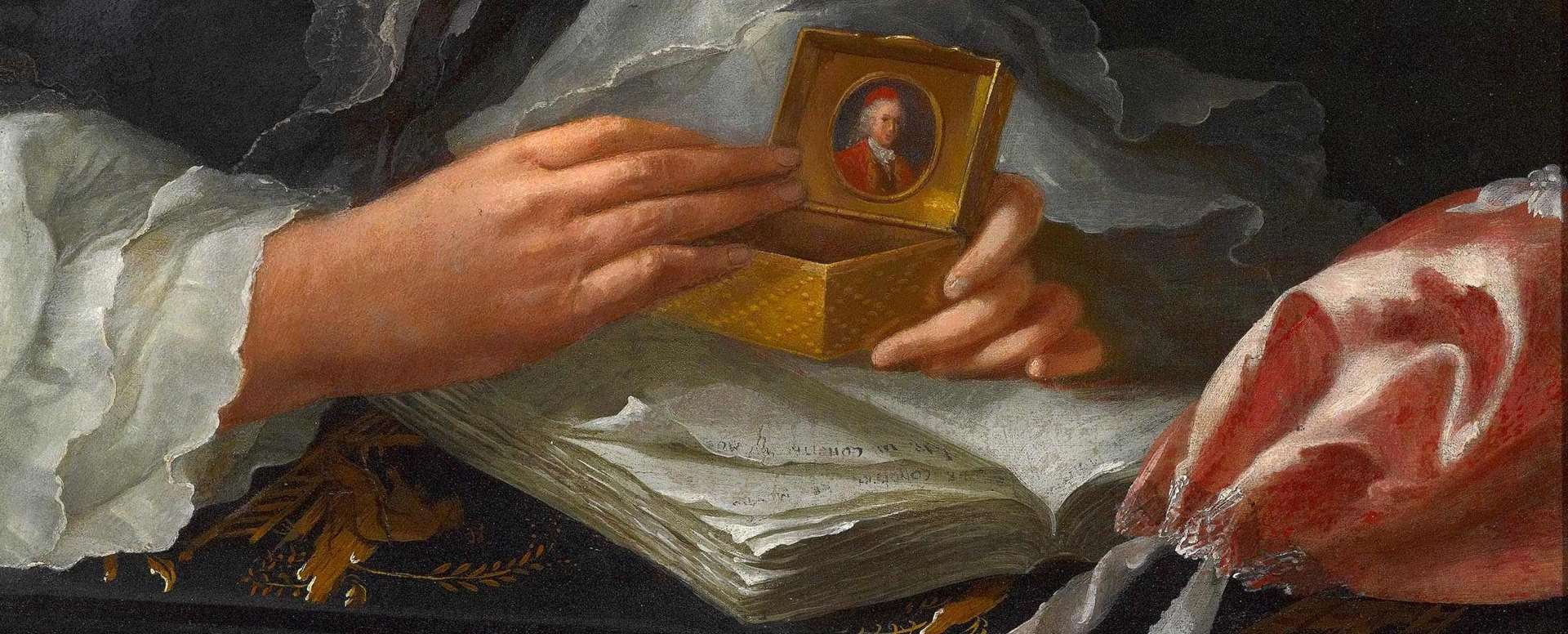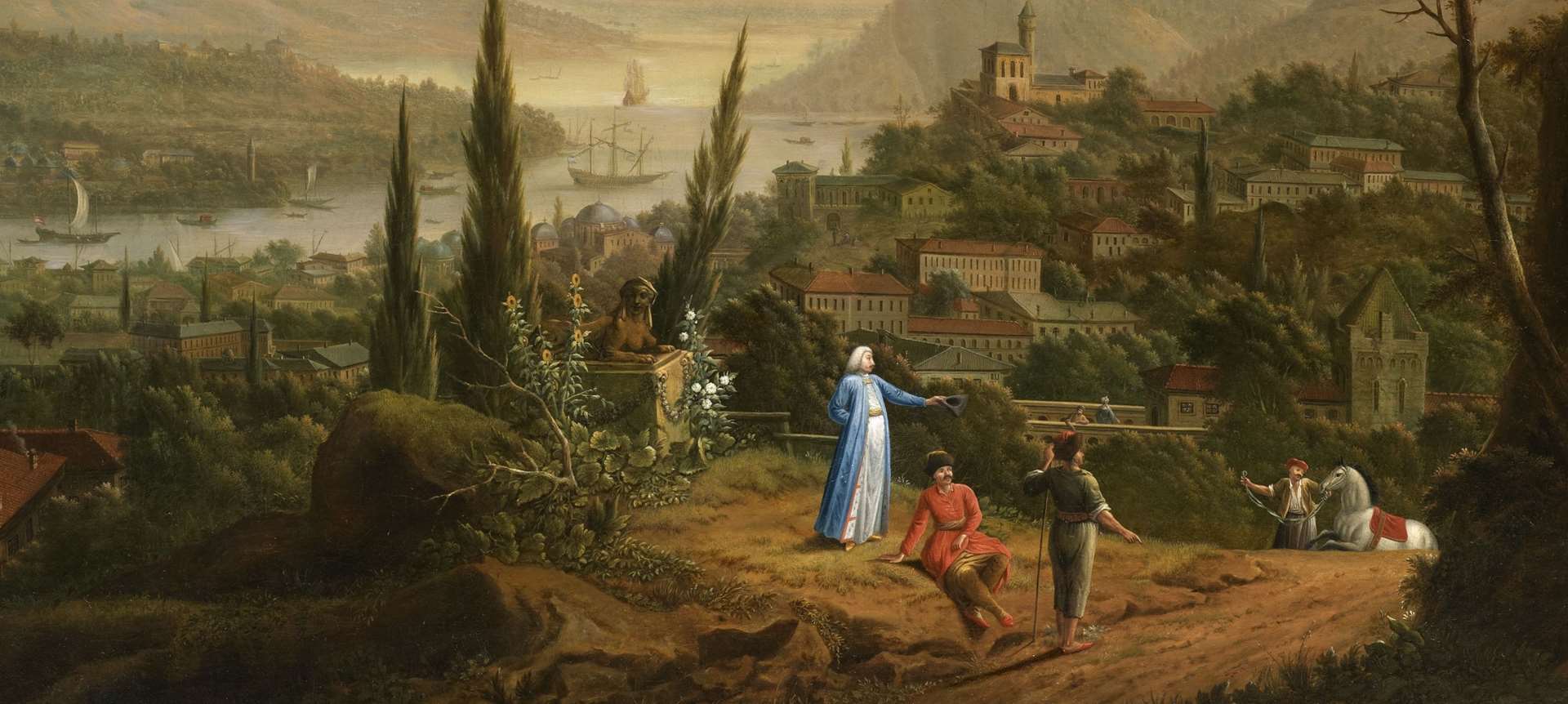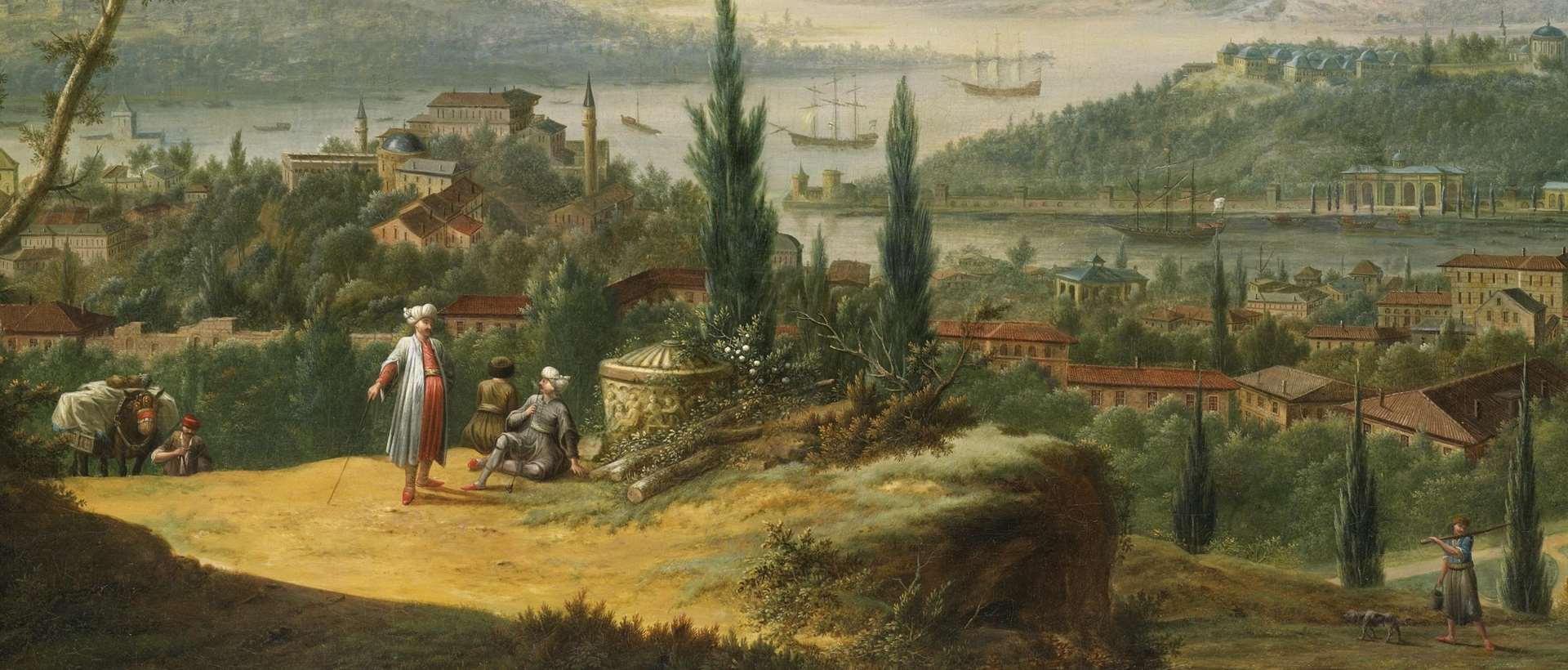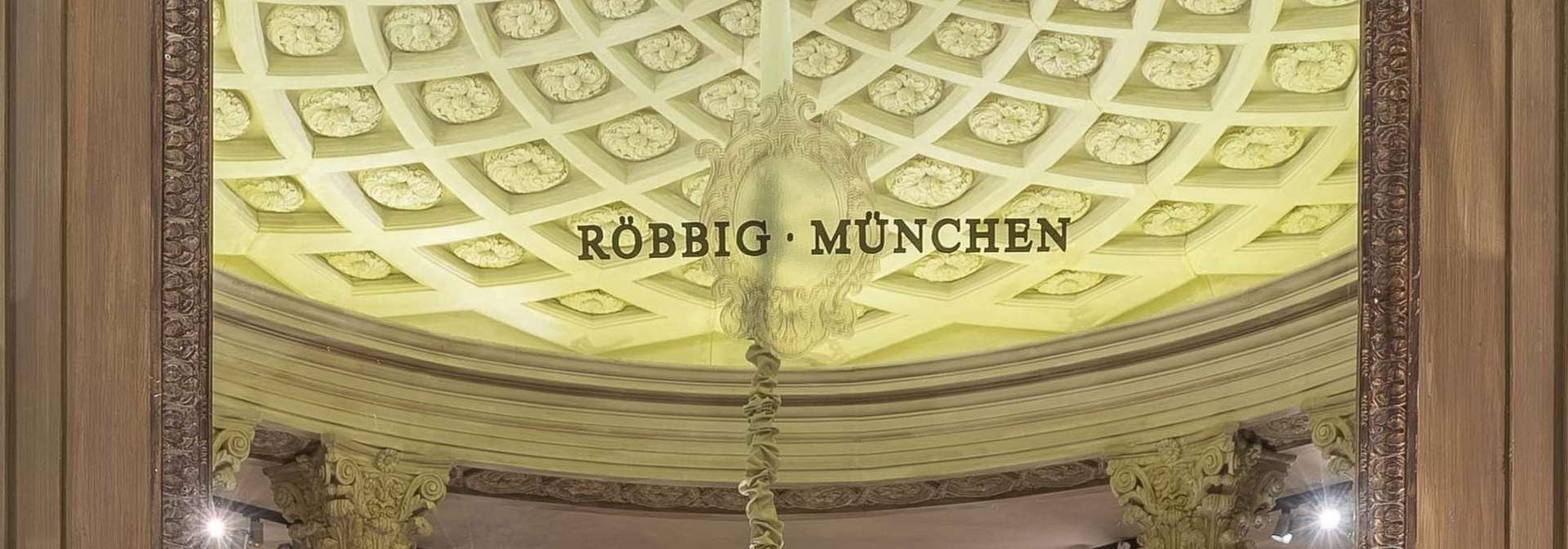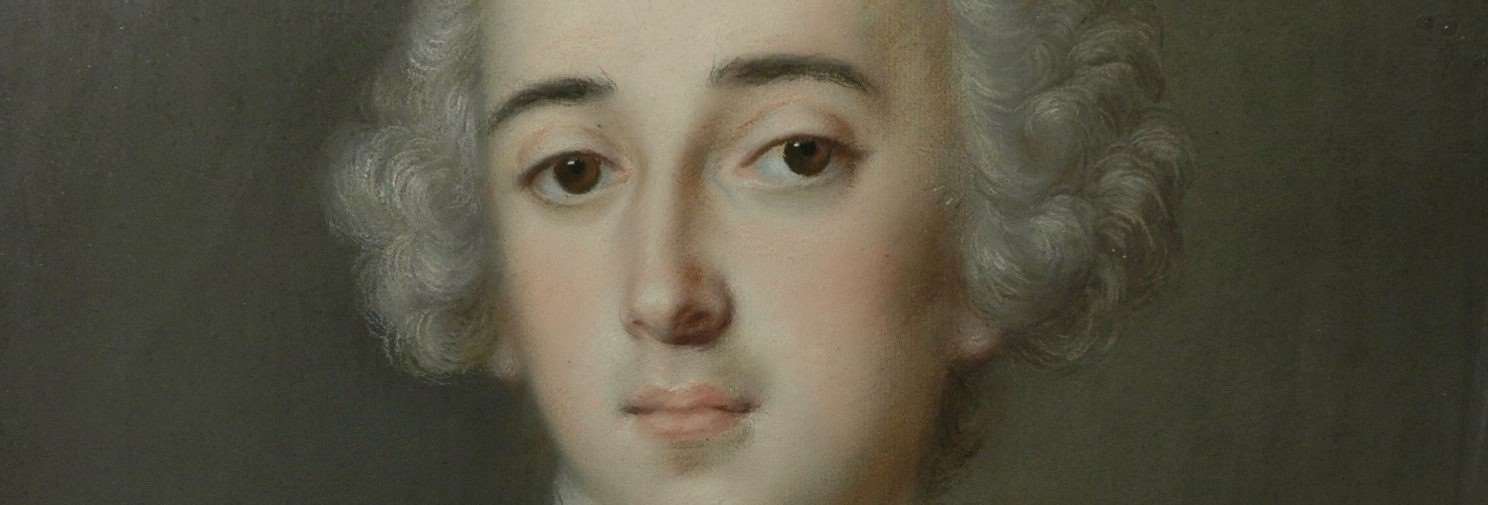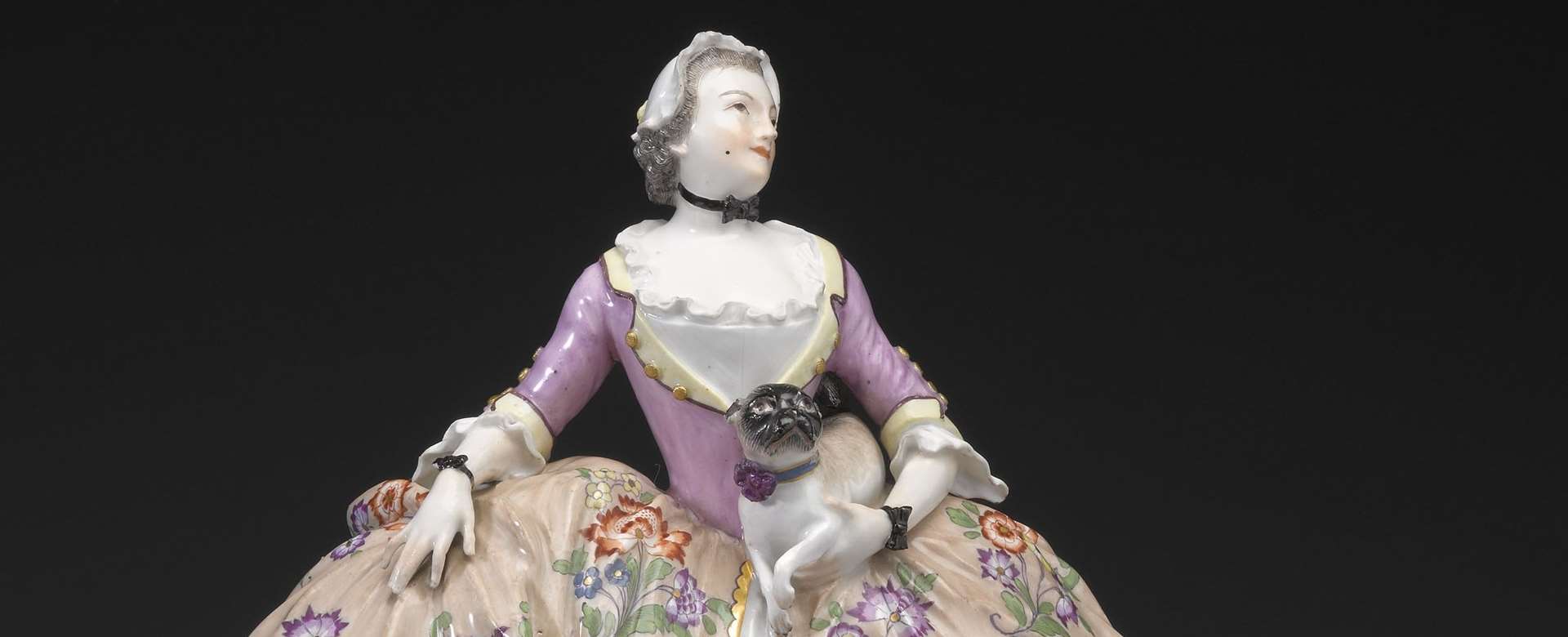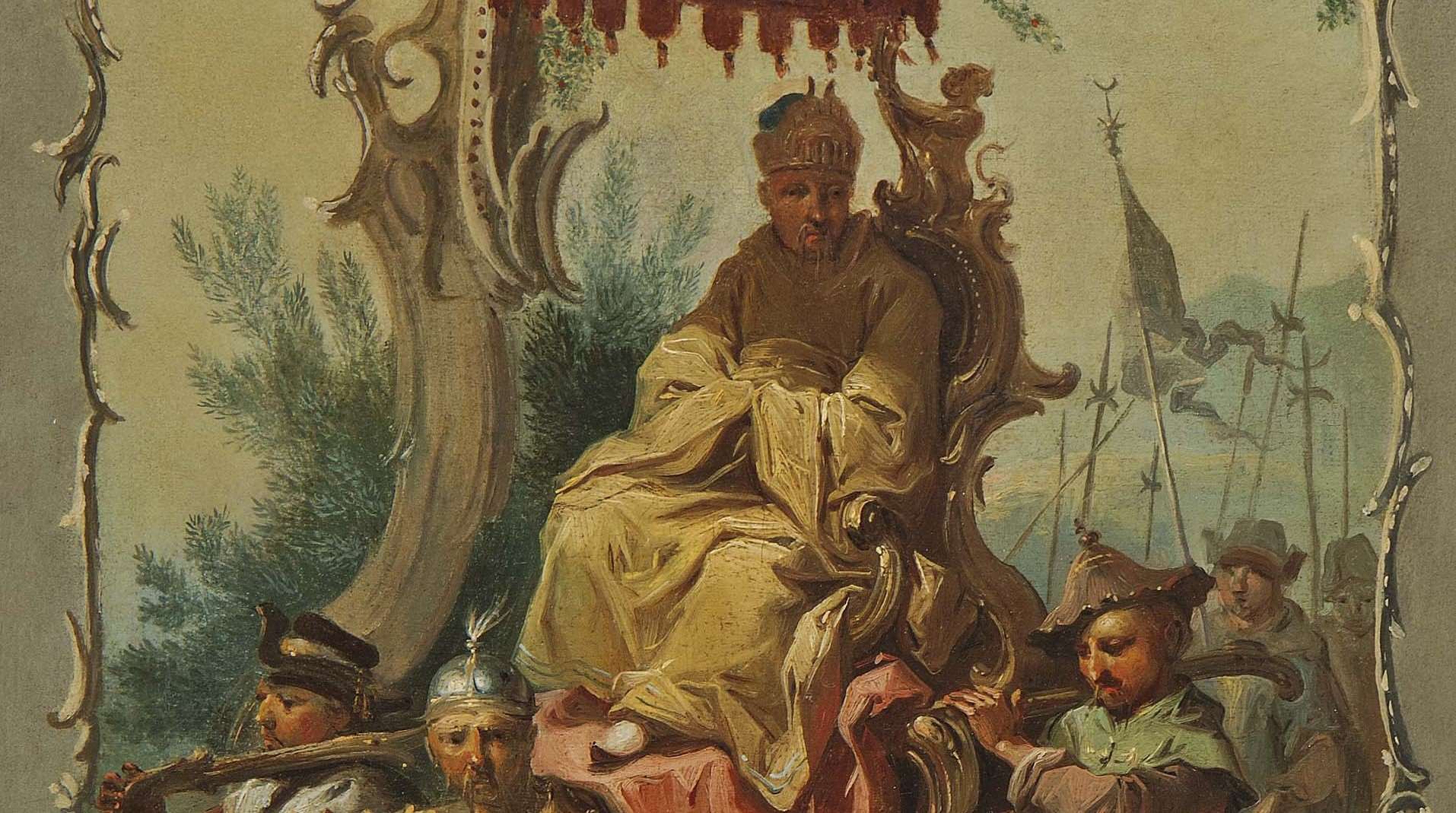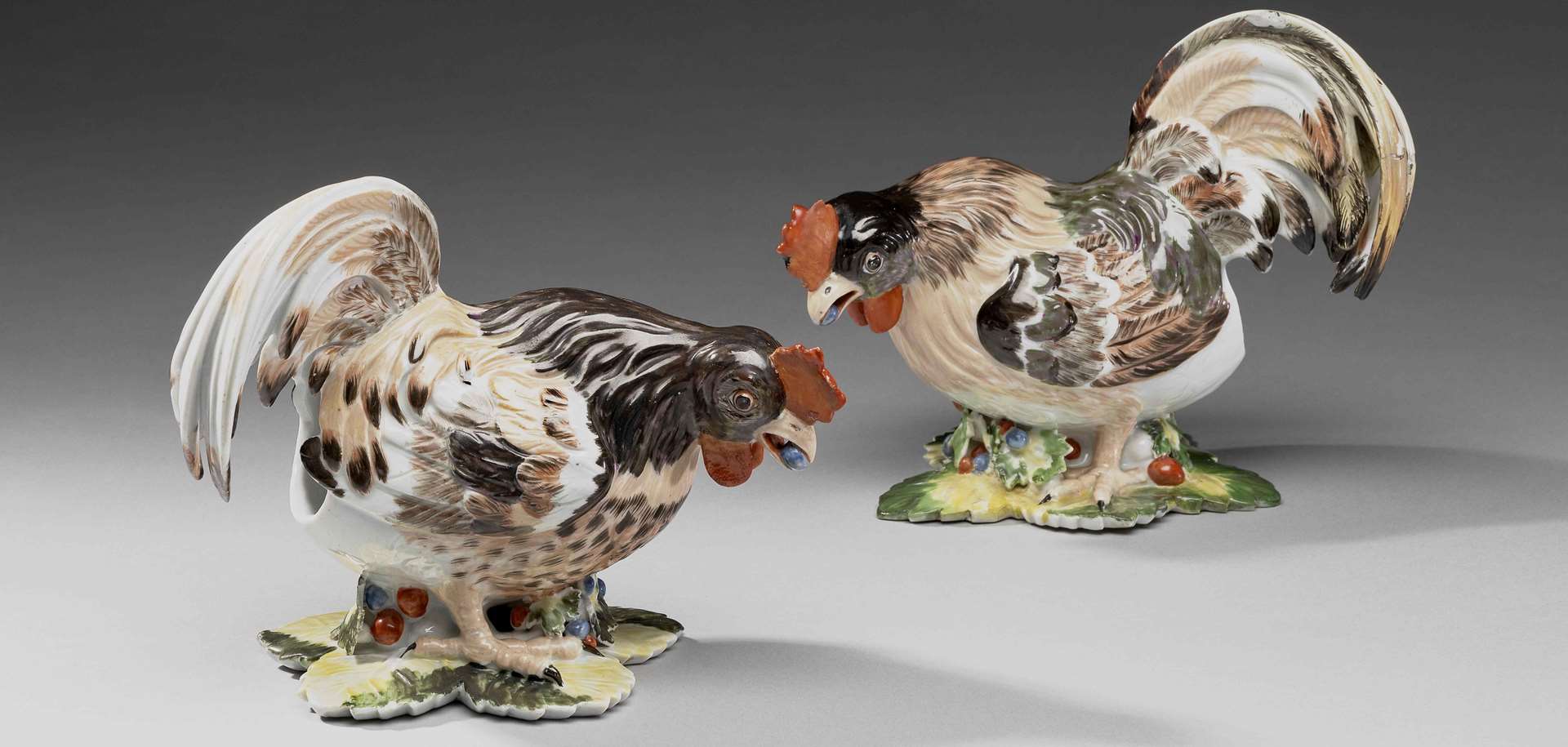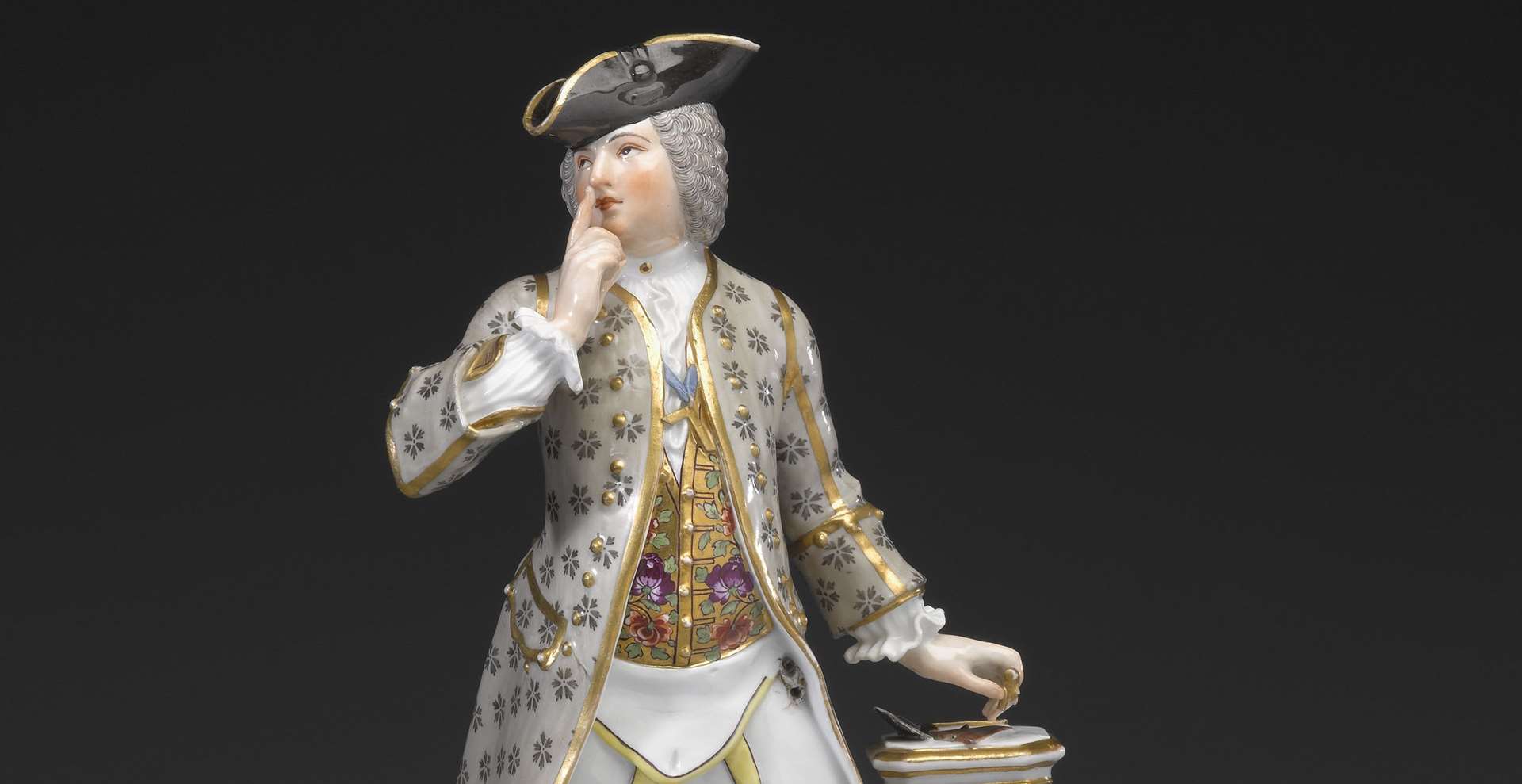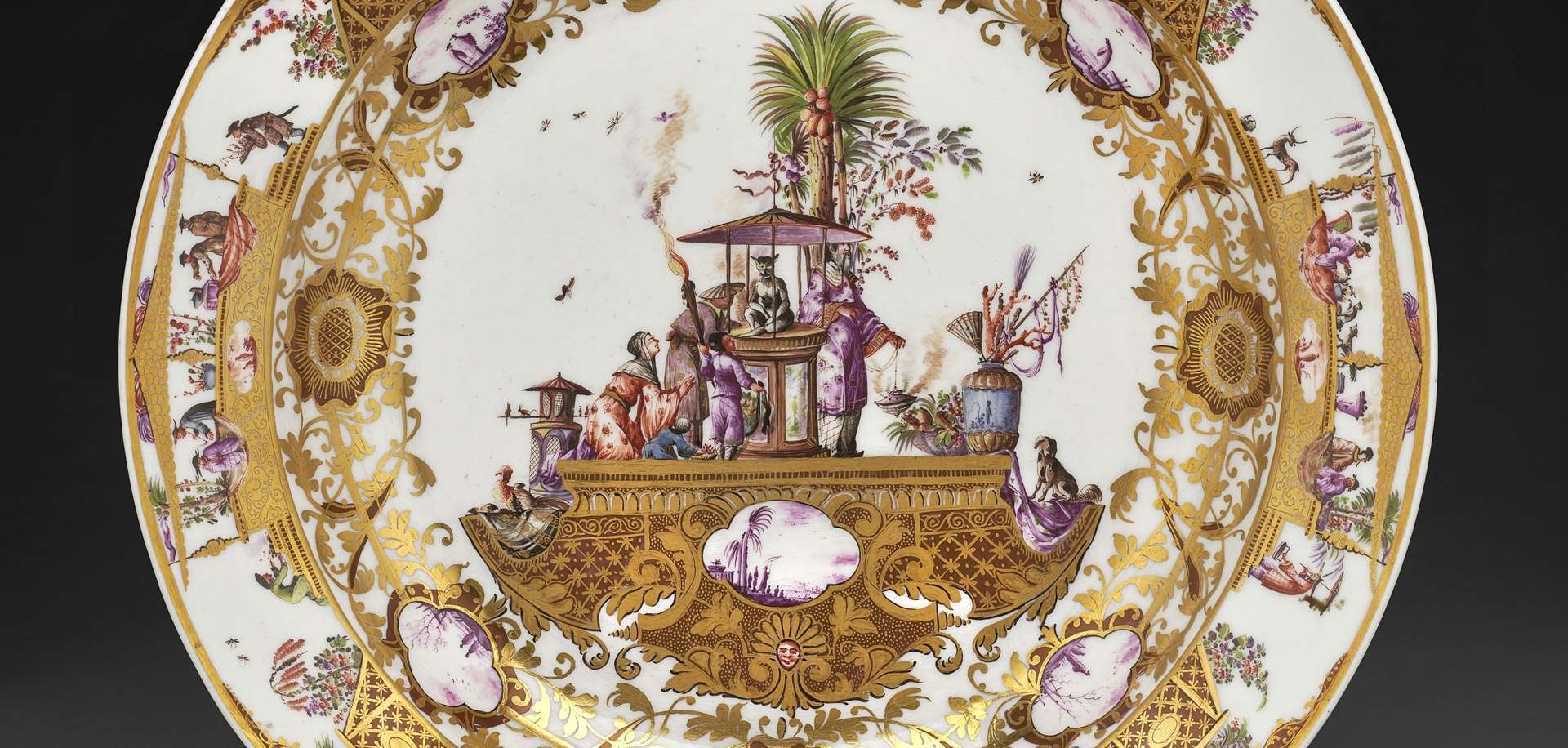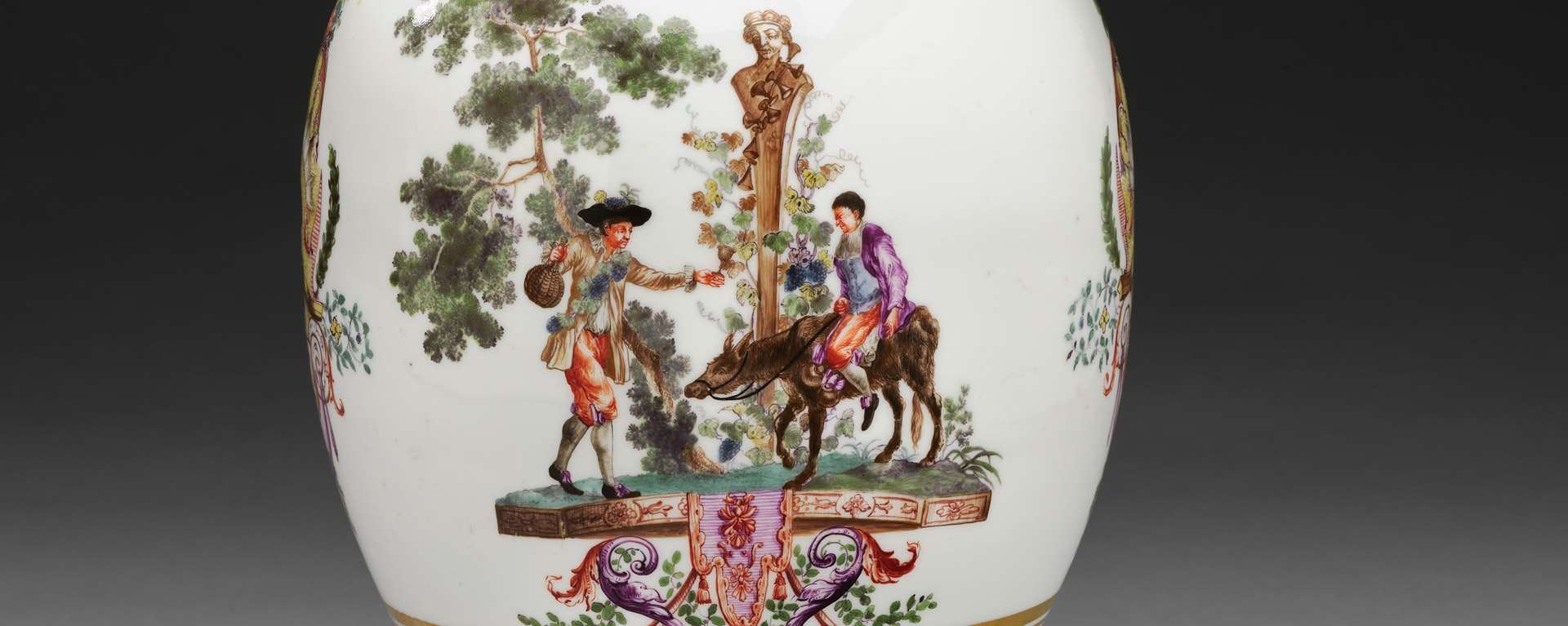Röbbig München is one of the world's leading dealers of important porcelain objects produced by the Meissen Manufactory. The pieces offered to our clients meet the highest requirements concerning quality, condition and last but not least originality. This is why we specialized in early Meissen porcelain from the manufactory's golden age between c. 1710 and 1760, completed by the rarest and most unique objects by Du Paquier, Vienna or smaller German manufactories such as Frankenthal, Fürstenberg, Höchst, Ludwigsburg, Nymphenburg or KPM Berlin.
In 1976, the Röbbig fine art business opened its doors on Prannerstrasse, which was the centre of the sophisticated fine art trade in Munich at the time. It immediately became a place where the past was brought back to life in the creations of a glittering but forgotten century. While the main focus was on the early porcelain of Meissen and other smaller German manufactories, the gallery created an appropriate setting for the treasures in “white gold” by complementing them with eighteenth-century paintings, marquetried French furniture, and fire-gilded bronzes.
In 2004, Röbbig moved to a new and much larger home in Brienner Strasse, with rooms fitted out as salons where international collectors came to develop their interests through closer familiarity with a wider range of fine objets d’art. This manner of displaying our wares exemplifies the social virtues inherent in eighteenth-century works of art, which were not made for discreet use in intimate private cabinets, but were showpieces designed to be put on display in salons and state rooms. These social qualities are still innate in the works today and are indeed an important part of what makes them so attractive.
Since the early days, the gallery has presented its glorious treasures not only at its Munich premises, but also at major art fairs such as TEFAF Maastricht and New York, Masterpiece London, or the Biennale des Antiquaires in Paris. Always staged as elaborately designed interiors, the Röbbig exhibition stands are frequently amongst the highlights of the whole exhibition architecture; in this setting, each work of art and object is assigned its own place in an artistic orchestration that fuses thepresentation into one single ensemble. The cooperation with the antique boiserie specialits Féau & Cie of Paris, that was initiated in 2013, makes it possible to create such a perfect synthesis of the arts.

